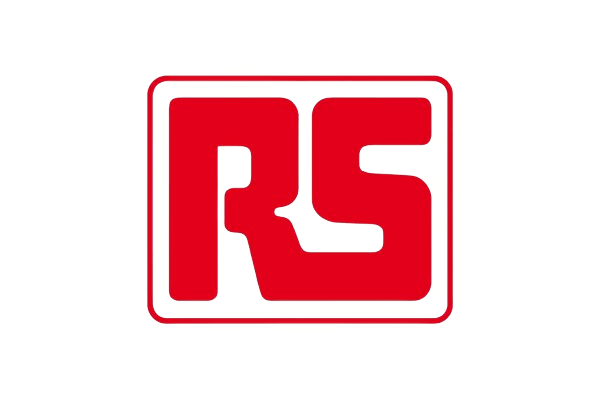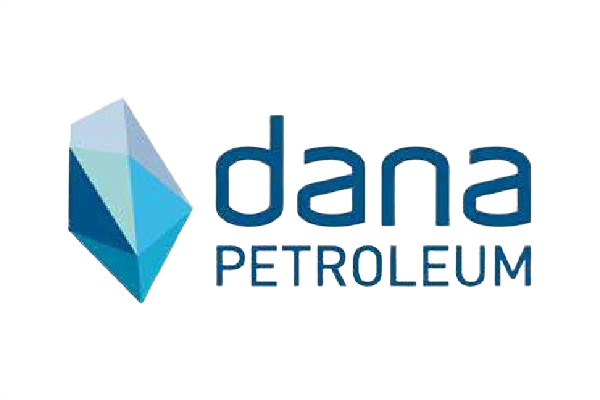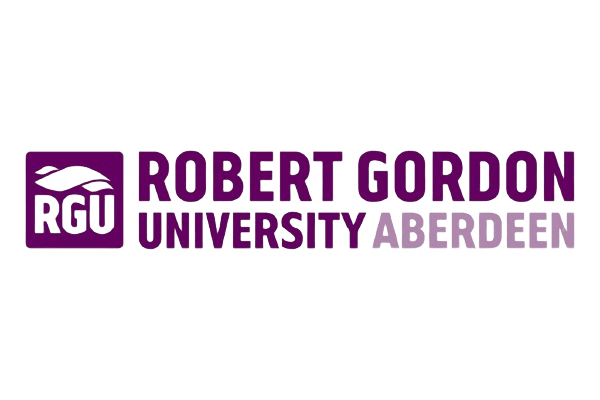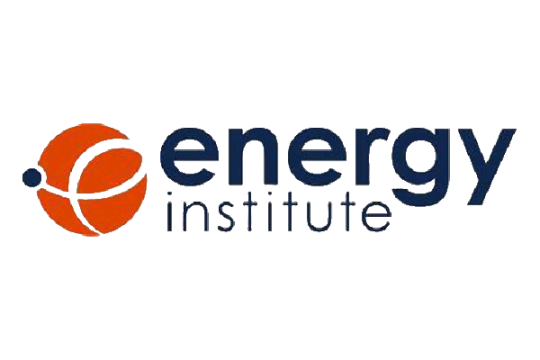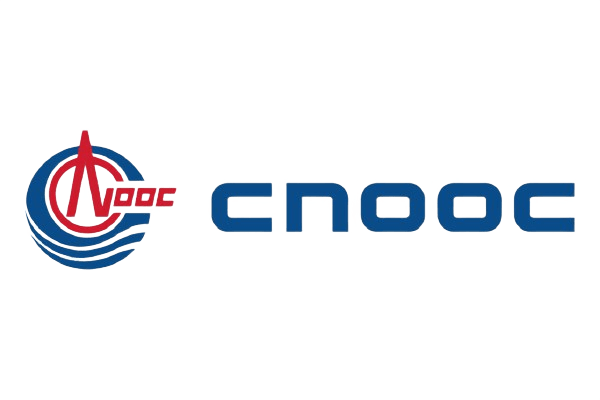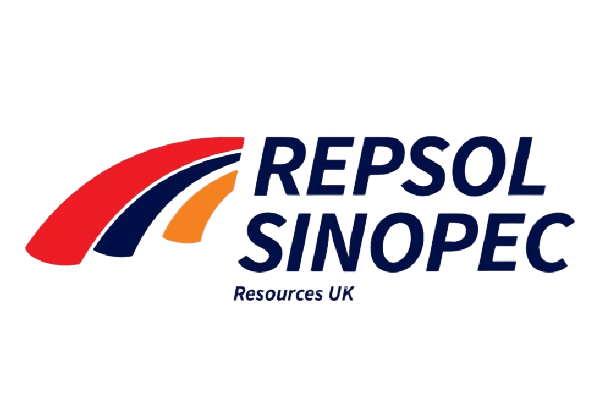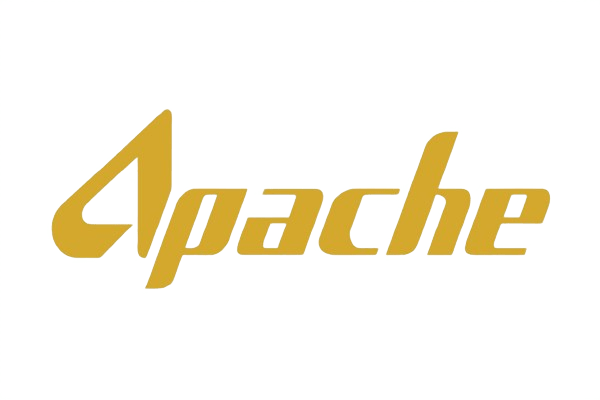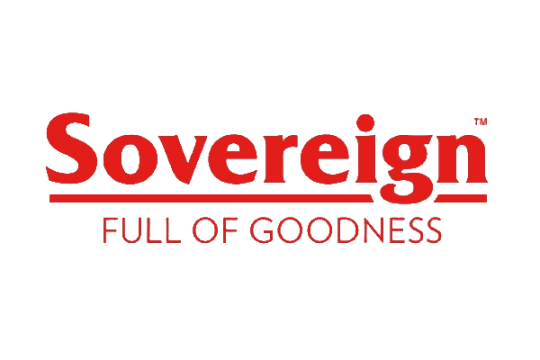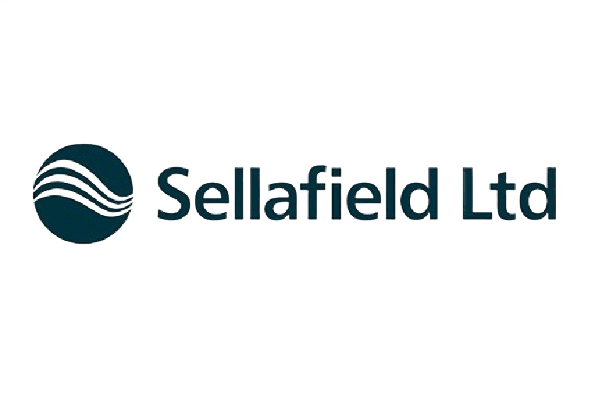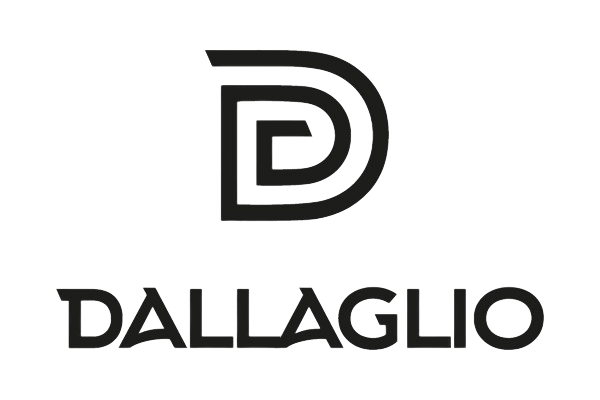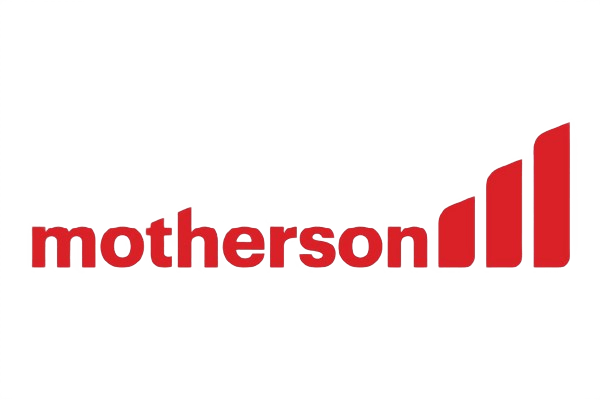Introduction
After implementing maintenance programs, you expect to have an improvement in the process. What you regard as value or success should be defined in the goals of the project. Value can be expressed in terms of reliability engineering key performance indicators (KPI’s), return of investment, cost/benefit, and release proposition. Usually, when we refer to the value we refer to the better mean time to repair (MTTR), mean time between failure (MTBF), plant availability, overall equipment efficiency (OEE), and safety figures. All these indicators can be explained in economic terms so that you can quantify the measure of success of the maintenance program implementation.
Frequency of Maintenance Effectiveness Reviews
The biggest question is how long it takes to realise value from implementing a maintenance program. No standard defined duration is there for you to realise value from the maintenance plan. The period is based upon the aspect of value you are looking at. There is however a general trend among companies to have an annual look at every aspect of the company. For many industries, this provides a general view of the success of the company in certain projects including maintenance program implementation. With that general trend, the year reviews provide a perfect analysis where the company can start seeing the value of the implemented maintenance program as all the factors are being summed up and considered.
As part of the asset maintenance program development cycle, there is a review and improve stage. During that stage, the value should start being seen i.e. value can start being realised at the first review stage of the maintenance program implementation life cycle.
The Importance of KPIs
The duration for the success of the maintenance program can be realised based upon the type of equipment, the cost of maintaining the equipment, and the resources available. For example, you have a residue vacuum drier that is supposed to last for five years in operation without being changed. Most probably you will realise value within five years. If there has been a failure rate of two years, if you implement a maintenance program within the first three years you can see if you are making progress or not. As you develop your program there should be a time-based projection that will give you an indication of whether the value is being realized. The value should be realized as soon as the first KPI’s projection can be made depending on what is realistically measurable at that point. If it is the mean time between failure (MTBF), if you analyze over two cycles of the previous MTBF and you see a change in the value then you can say there is value realisation.
Duration can be determined by using the benchmarking process whereby you collect data from similar companies that implemented similar maintenance programs and analysing their growth so that you have a projection of when you can start realising value. It is also important to realise the practical aspect of the figure you are looking at depending on variable like changes in the economy and disaster programs like lockdowns and other unplanned factors.
A Staged Approach
A maintenance program can be implemented in phases depending on the level of maturity (breakdown maintenance, planned maintenance, preventive maintenance, basic predictive maintenance, and connected predictive maintenance) of the maintenance system. In some instances, you can’t move on to the next level when you haven’t finished implementing the previous one. Value realisation duration will depend upon how quickly you move from stage to stage of the maintenance program including training and awareness campaigns. With the movement from one stage to another value should be realised because you have to have a positive result for you to move to the next stage of the program.
Return on Investment
Depending on the condition of the machine, value can be realised when the organisation starts seeing some return on investment through the implementation of the maintenance program. A maintenance program should increase availability and therefore increase production which in turn affects return. Depending on the nature of the business the duration to realise the impact of the maintenance program is the same as the time to reach the break-even point or the time to start witnessing the return of investment after implementing the maintenance program.
All Important Safety Implications
Safety plays an important role in determining the success and value of the implemented maintenance program. Some conditions take time to develop, but can be monitored regularly. For example, lead accumulation. It takes time to realise the accumulation of lead in the technician’s blood, hence it is important to give a little bit more time to monitor the number of technicians before you can conclude that you have managed to contain the effect of lead on the technicians. So, value can be realised after you have had enough time to analyse the risk posed by the safety factor.
There are other factors like the burn rate which can be greatly affected by the maintenance program. A reduction in the burn rate can be an indication of value being realised from a successfully implemented maintenance program. The value realisation time depends upon the life cycle times of the plant.
In conclusion, there is no standardised time to realise the value of the maintenance program implemented, but it depends on the goals of the project, nature of business, and the selected key performance indicators and timeframes that drive the evaluation of the effectiveness and value add of any program.
Final Thoughts
In conclusion, there is no standardised time to realise the value of the maintenance program implemented, but it depends on the goals of the project, the nature of business, and the selected key performance indicators and timeframes that drive the evaluation of the effectiveness and value add of any program. At Optimal, we help organisations through the different stages of the overall Asset Management life cycle, from setting out Policy and Strategy (Strategise stage), to implementing the strategy through deployment on the chosen Enterprise Asset Management (EAM) system (Deploy stage), to subsequently assisting organisations further through Monitoring and Optimisation stages. This approach ensures that programs that are developed and implemented for each stage have clear objectives and are executed to achieve optimum value realisation within shortest possible time frame.
Should you have any questions feel free to contact us at enquiries@optimal.world.
Thank you for reading, and we look forward to hearing from you!



